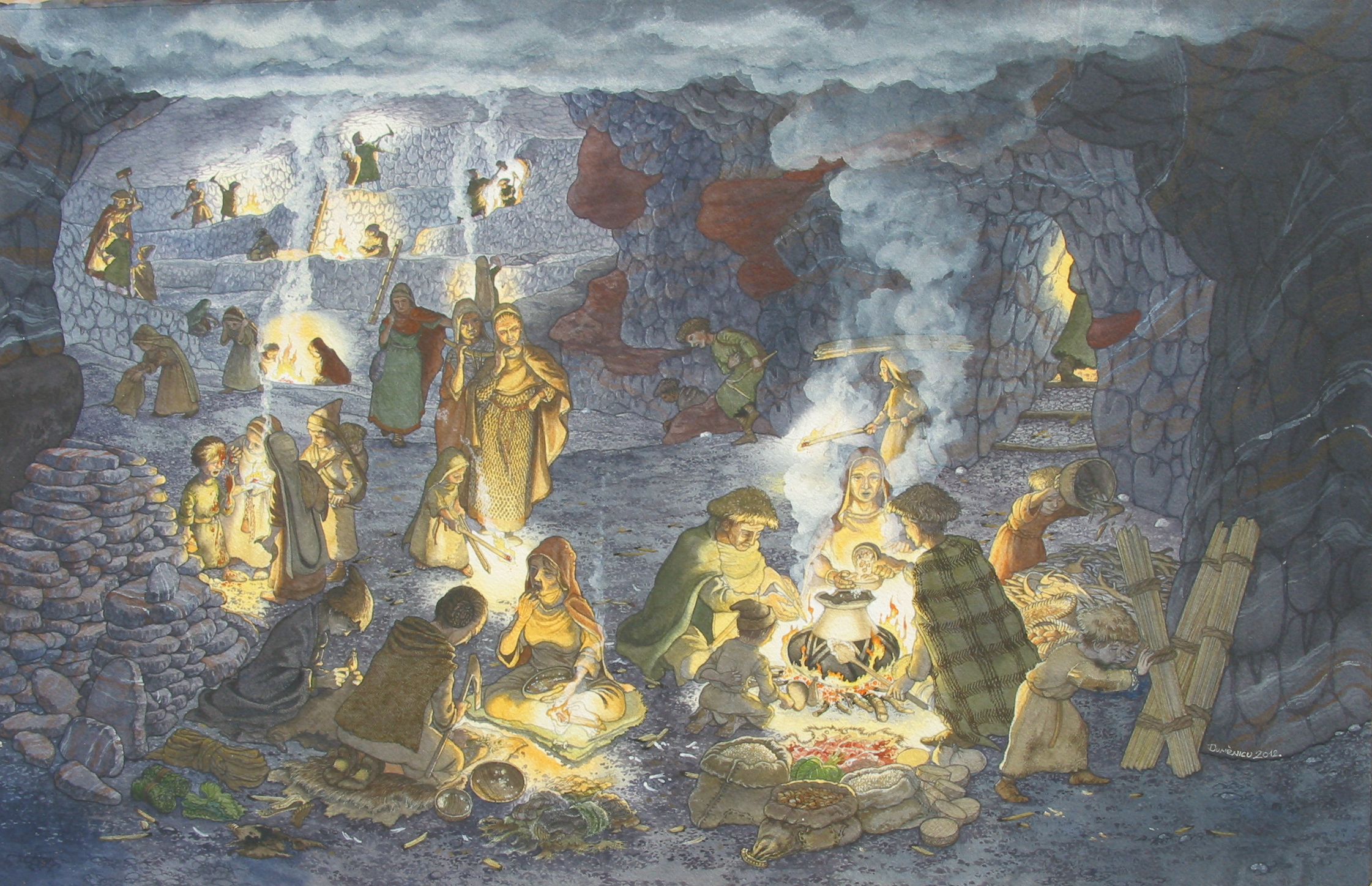Mining in the Hallstatt Period
It was during the Early Iron Age, also known as the “Hallstatt Period”, that mining activity in Hallstatt reached
its peak. Salt winning brought the mining community lasting wealth, mainly evidenced in the worldfamous cemetery. However,
the undocumented gap of around 300 years between the end of Bronze Age mining and the start of mining in the Hallstatt Period
proves that there is still much research to be done in large sections of the mines. The Hallstatt Period brought with it new
mining strategies and technologies not used in the Bronze Age.
Peak salt production during the Hallstatt Period
Archaeological finds from mining activity during the Hallstatt Period
New mining strategy and technology
The end of mining in the Hallstatt Period


